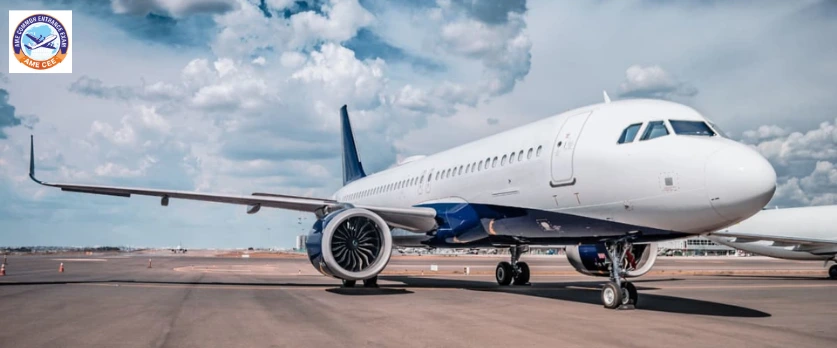The term “AME” in the context of aviation stands for “Aircraft Maintenance Engineer.” Aircraft Maintenance Engineers play a crucial role in ensuring the airworthiness and safety of aircraft. In this brief exploration, we’ll delve into the responsibilities and significance of Aircraft Maintenance Engineers, highlighting their pivotal role in the aviation industry.
Responsibilities of Aircraft Maintenance Engineers
Routine Inspections Conducting regular inspections of aircraft to identify and address any potential issues or defects.
Repairs and Overhauls Performing repairs and overhauls on various aircraft components and systems.
Compliance Ensuring that all maintenance activities adhere to aviation regulations and standards.
Documentation Maintaining detailed records of maintenance activities, inspections, and repairs.
Testing Conducting tests to verify the proper functioning of aircraft systems.
Troubleshooting Identifying and resolving mechanical and technical issues to ensure optimal aircraft performance.
Qualifications for Aircraft Maintenance Engineers
Educational Background Typically requires a high school diploma with a strong foundation in mathematics and physics.
AME Training Completion of an approved Aircraft Maintenance Engineering program, involving theoretical and practical training.
Licensing Obtaining the necessary licenses or certificates from aviation authorities, such as the Federal Aviation Administration (FAA) or the European Union Aviation Safety Agency (EASA).
Experience Gaining practical experience through apprenticeships, internships, or on-the-job training.
Continuous Learning Staying abreast of advancements in aviation technology through ongoing professional development.
Significance of Aircraft Maintenance Engineers
Safety Assurance AMEs play a critical role in ensuring the safety of passengers, crew, and the aircraft itself.
Regulatory Compliance Enforcing and adhering to aviation regulations to maintain compliance with international standards.
Preventive Maintenance Identifying and addressing potential issues before they escalate, preventing accidents and ensuring operational continuity.
Aircraft Longevity Contributing to the longevity and efficiency of aircraft through regular maintenance and timely repairs.
In conclusion, Aircraft Maintenance Engineers are essential guardians of aviation safety and integrity. Their expertise and commitment to maintaining the airworthiness of aircraft are foundational to the smooth and secure functioning of the aviation industry. The work of AMEs reflects a dedication to upholding the highest standards of safety in the dynamic realm of aviation.
To become an aircraft maintenance engineer you may could join AME engineering through AME COMMON ENTRANCE EXAM (AME CEE) this examination you may join AME engineering approved by DGCA, EASA or UGC.


